Among Kongo chiefs in the late 19th and early 20th centuries, the crucifix occupied a special place among the chieftain regalia, symbolizing power and authority. During the inauguration ceremony of a chief, it was required that the future leader receive from the hands of a dignitary, as part of a codified ritual, a nkangi kiditu. This badge of power, inspired by ancient Christian crucifixes introduced by the Portuguese in the 16th century, was not limited only to a symbolic function of power. It was also believed to have therapeutic properties and, in addition to its various uses, was brandished during funeral ceremonies during which the object was subjected to libations of oil or palm wine. The cross, far from being solely associated with the Christian world, had a deeper meaning for the Kongo, who considered its four branches to represent the cycle of human existence. The Kongos also used an initiation ceremony called the kimpasi, during which aspirants were subjected to a symbolic "death" and "resurrection". By adapting this Christian symbol to their own values, the Kongo have incorporated their vision of the world into this originally religious manifestation.
Item accompanied by its certificate of authenticity.
PS: What is the certificate of authenticity? https://www.african-arts-gallery.com/faq.aspx?qid=8
PLEASE NOTE THE PRICE OF TRANSPORT INCLUDES LOSS, THEFT AND BROKENAGE INSURANCE.
























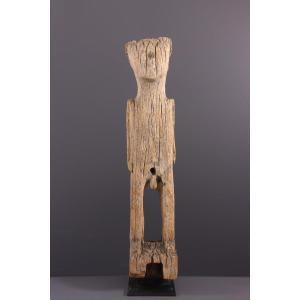

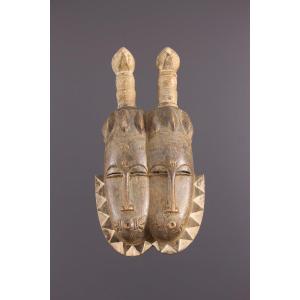
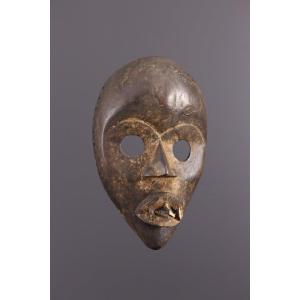







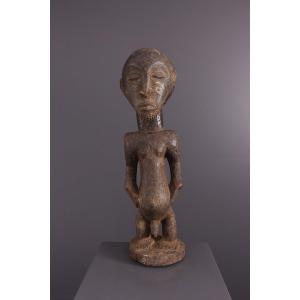



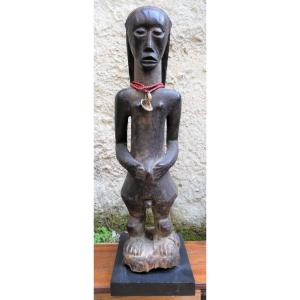

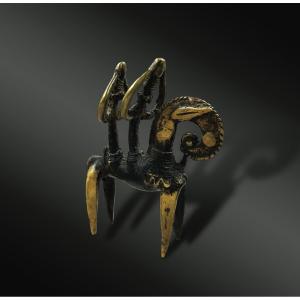
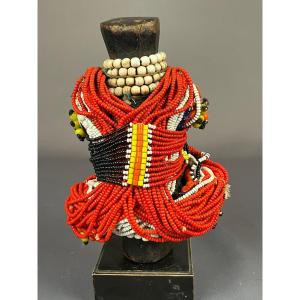



 Le Magazine de PROANTIC
Le Magazine de PROANTIC TRÉSORS Magazine
TRÉSORS Magazine Rivista Artiquariato
Rivista Artiquariato